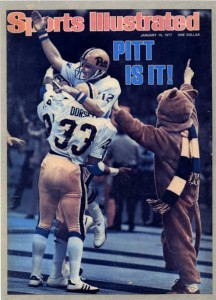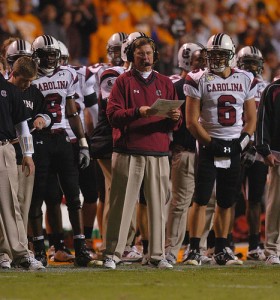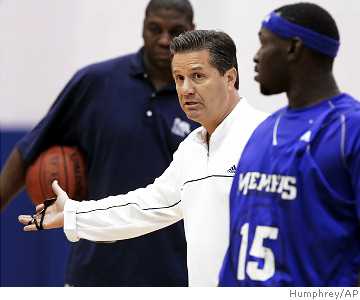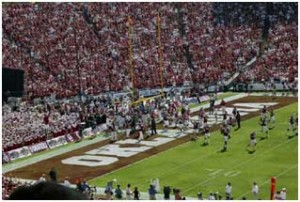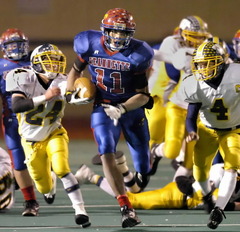Perennially on the upswing, the Atlantic Coast Conference had a banner weekend with a number of its marquee programs in action against some quality competition.
The University of Miami withstood Ohio State’s best shot and delivered a resounding 36-24 defeat to the Hurricanes at the Horseshoe in Columbus, Ohio. The score would have been closer if OSU had bothered to be less dominant.
Florida State did its level best to thrust Oklahoma’s Landry Jones into the Heisman conversation as the sophomore signal-caller went 30-for-40 for 380 yards and 4 touchdowns in leading the Sooners to a 47-17 victory that had to have former head coach Bobby Bowden rolling in his grave. Wait, Bobby Bowden isn’t dead? Very well then. Note to self: keeellll Bobby Bowden.
Defending ACC champion Virginia Tech burnished its non-conference credentials, following up last weekend’s close loss to Boise State by failing to come back to beat D1-AA school James Madison. This is the second time in as many years that a D1-AA school has defeated an ACC school from the Old Dominion State.
But perhaps the greatest signal of the ACC’s ascendancy was Virginia’s penalty-filled 17-14 loss to USC. The Trojans were so intimidated by the Cavaliers that they followed last week’s 11 penalties by committing 13 penalties for 240 yards. When asked how the Men of Troy could have played so badly and still won, UVA coach Mike London replied, “Don’t go ripping on Lane Kiffin! He’s just a kid! Come to me! I’m a man! I’m 49!!”
ACC proponents celebrated the conference’s gumption in scheduling such tough opponents, also pointing to Clemson’s epic clash with the Blue Hose of Presbyterian College and Maryland’s beatdown of Morgan State. ACC officials also decried the soft non-conference schedules of non-AQ schools, citing that Boise State’s marquee BCS win has been tainted because the Broncos’ opponent has since lost to a D1-AA school. When pointed to the fact that said opponent was from the ACC, the officials changed the subject to Midnight Madness.
